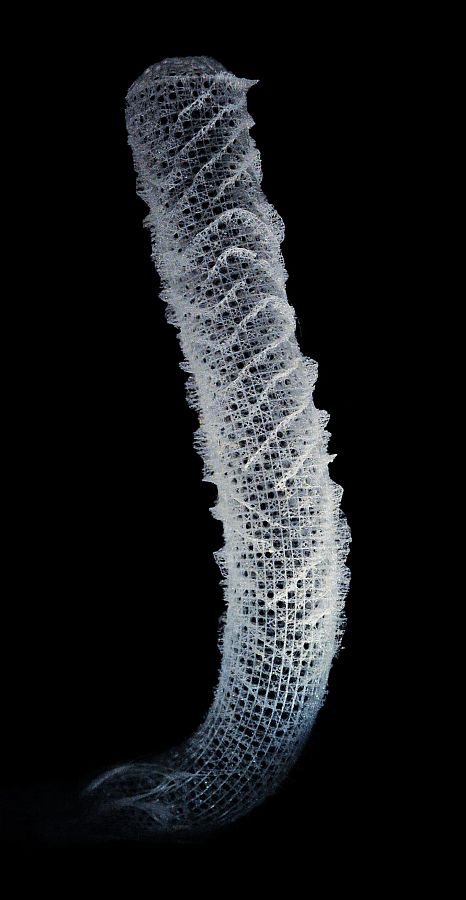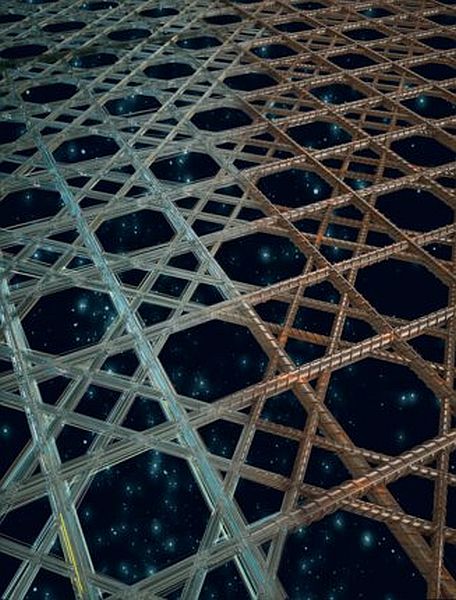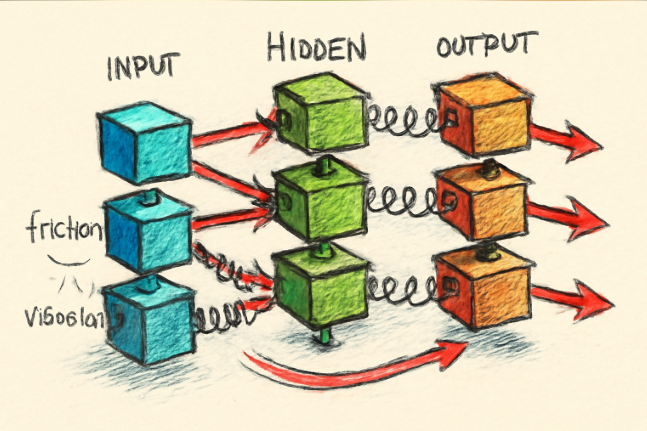
Evolutionary process creates the most efficient mechanical as well as architectural designs. Most of the times, engineers take inspiration and try to replicate such resourcefulness in their designs. Of course, with the help of equations and computer algorithms, engineers try to fabricate bio inspired designs as bio-inspired engineering is a multi-step process.
Lately, researchers from the Harvard John A. Paulson School of Engineering and Applied Sciences (SEAS) are working on the same line of design. For their next bio inspired architecture, they have taken inspiration from marine sponges.
Aiming for the next generation architecture of robust & tall buildings and longer bridges, the researchers are trying to fabricate glossy but square lattice-like skeletal structure of aquatic sponges.
Sponge’s diagonal reinforcement strategy
Bio-inspired engineering is one of the most efficient and innovative way to resolve many complex problems with elegant solutions. For instance, skeletal system of Euplectella aspergillum, a deep-water marine sponge, displays lattice structure that has a higher strength-to-weight ratio with respect to the conventional designs that were being used for construction.
Researchers concluded that the sponge’s diagonal reinforcement strategy is responsible for its resilience. Therefore, if constructions in real world are made based on the sea creature’s structure, the result would distillate to robust and resilient architectures.
Aerospace engineering requires lighter and stronger structures. Here, strength-to-weight ratio of a structure is super important, therefore this biologically-inspired geometry makes a good fit in such a scenario.

Science behind diagonal lattice architectures
Diagonal lattice architectures have slanting beams, this helps in evenly distribution of applied loads. And so, the structure makes durable bridges and other architectures out of light weight and not so expensive materials. This was especially done during 1800s by the architect and civil engineer, Ithiel Town, who also happened to patented the geometry.
An interesting part of the whole process is, it is one of the most cost-effective way to stabilize square lattice structures.
Another fascinating detail the researchers noticed in Euplectella aspergillum’s tubular body is that the creature has two sets of parallel diagonal skeletal struts, that cross over like a mesh and are bonded to an underlying square grid to create a robust checkerboard-like pattern.
Researchers concluded that in simulations and experiments, sponge’s skeletal architecture withstood heavier loads and displayed resilience with respect to conventional and current lattice geometries. Thus, biologically-inspired geometry surpassed all the other patterns.
Takeaway
Biomimicry has not only inspired humans to take inspirations but also to make resilient structures. Designing portable, lighter and stronger structures might also create a new wave of urban dwelling where space is always an issue.
After all, simple arrangement of layers lead to sturdy designs and the Eiffel Tower is one of the best examples of such an assembly.
Via: Phys.org



